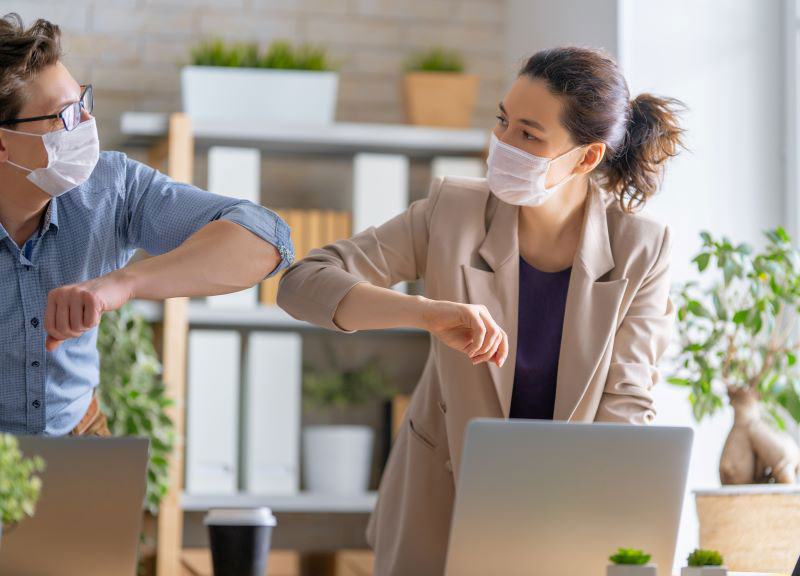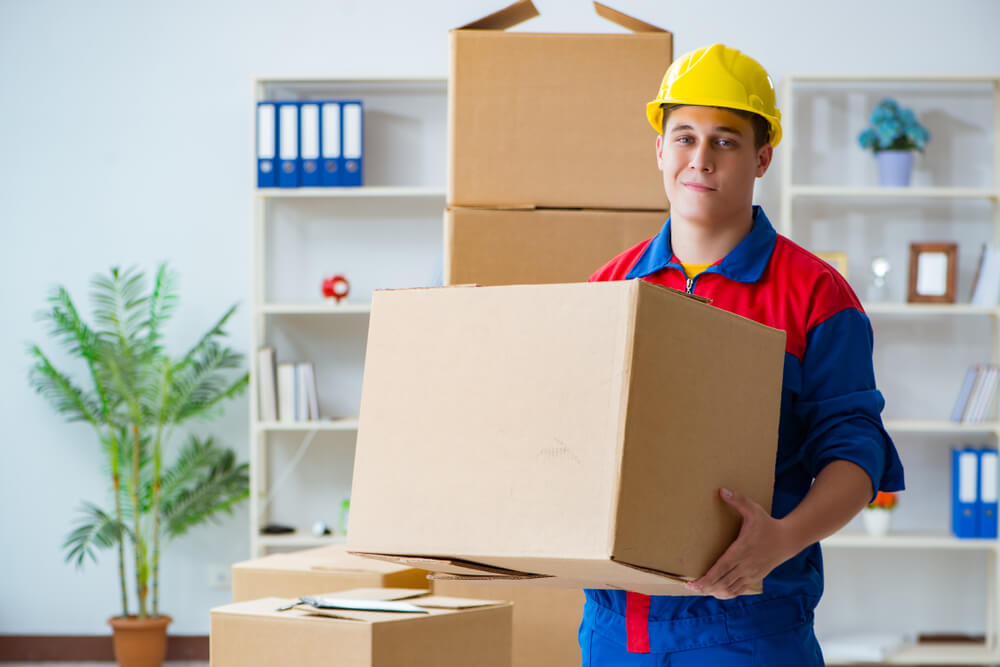Assisted living is an important option for seniors and their loved ones who are looking to maintain independence and quality of life. In this blog post, we will discuss what assisted living is and its benefits for you or your loved one. We will also provide an overview of the services offered at assisted living facilities, the costs associated with assisted living, and tips on selecting the right one. By the end of this post, you should have a good understanding of what assisted living entails and how it can aid you or your loved one.
What Is Assisted Living?
Assisted living is a long-term care option that offers specialized personal care and support services to elderly individuals. Assisted living facilities provide personalized care tailored to meet the specific needs of each resident, allowing them to continue to live independently with assistance from staff as needed.
Residents benefit from daily health assessments, assistance with personal care such as bathing and dressing, and access to recreational and social activities. While residents are typically independent, they may require mobility and medical support depending on their individual needs.
Assisted living facilities provide around-the-clock care and supervision, as well as assistance with activities of daily living like bathing, dressing, eating, and toileting. These facilities offer a variety of social and recreational activities, meals and snacks, medication management services, and transportation to medical appointments or other necessary errands. They also provide supportive services for residents with mental illness, ensure a secure environment staffed by certified nursing assistants (CNAs), nurses, and other professionals, and have on-site health clinics with access to medical specialists. Other amenities include housekeeping and laundry services, the ability to have pets, personalized care plans, and access to physical therapy or occupational therapy if necessary. Assisted living facilities also comply with national and local licensing requirements.
Assisted living is an excellent solution for seniors seeking long-term, residential housing options that allow them to maintain their independence while also having access to necessary healthcare resources.
Benefits Of Assisted Living
Assisted living is an excellent choice for seniors who wish to continue leading an independent and active life while also receiving necessary care. The benefits of assisted living are many, including aid with daily activities such as dressing, bathing, and grooming, housekeeping, cooking, and laundry services, access to medical professionals and doctors, transportation for appointments, errands, and activities, socialization with companions and peers, security and safety measures, and access to recreational programs and other activities.
Assisted living facilities provide greater independence than nursing homes and cater well to the nutritional and daily needs of seniors. Trained staff members are available 24/7 to attend to resident’s requirements. The safe environment of an assisted living facility, with its security system and recreational activities throughout the day, offers meaningful opportunities for engagement to prevent seniors from feeling lonely or bored.
Assisted living provides an ideal option for seniors who require additional support but still want to maintain their autonomy. With all the necessary amenities for daily living and round-the-clock care available in a safe and nurturing atmosphere, it’s no surprise that more individuals are opting for assisted living over other senior housing options.
Services Offered In An Assisted Living Facility
Assisted living facilities offer a safe and secure environment for long-term care, where residents receive high-quality care from experienced staff members. These facilities provide assistance with daily tasks such as bathing, grooming, and dressing, as well as prepare nutritious meals up to three times a day. Additionally, trained staff members offer social activities geared towards mental health and wellbeing.
Residents receive 24-hour supervision and have access to medical staff on call, as well as transportation provided for medical appointments or places of worship. Housekeeping services are also available. Assisted living facilities provide customized service plans for each resident based on their individual needs, such as help with medications, transportation errand services, and medical monitoring. Social and recreational programs are also offered.
Assisted living offers a safe space where seniors can receive specialized care tailored to their needs while enjoying life’s simple pleasures, such as socializing or attending religious services, without worrying about safety or security. This allows them peace of mind, knowing they will be taken care of every step of the way.
Costs And Financing Options For Assisted Living
Assisted living is an excellent choice for seniors who require additional care and assistance, but not the more comprehensive services offered in nursing homes. However, it can be costly, so comprehending the expenses and financing sources is essential. We’ll examine the costs of assisted living, payment alternatives, government benefits for long-term care, long-term care insurance policies, and reverse mortgage arrangements in this article. Furthermore, we’ll cover payment planning methods, potential tax deductions and credits, and types of financial aid from which those investigating assisted living facilities may benefit.
To begin, let’s examine the expenditures associated with traditional assisted living facilities. These costs vary according to location and services required, but they generally average between $3,000 and $6,000 per month. It’s crucial to remember that these expenses are anticipated to increase with time due to inflation and other factors related to service quality.
Fortunately, if you’re looking into assisted living facilities, there are many private financing choices available, such as loans or co-signing agreements with family members or friends willing to assist with monthly payments or a lump sum amount toward the total cost. Additionally, there may be government-funded financing options, such as grants or tax-exempt bonds, that could provide additional funds to assist with setup costs related to transitioning into an assisted living facility. This could include items like furniture or medical equipment purchases. Finally, there are numerous online resources available, offering advice on researching financial aid options best suited to individual needs, such as veteran aid programs, Medicaid/Medicare coverage plans, Long-term Care Insurance policies, which pay out annually, and Reverse Mortgage plans allowing seniors 62+ access to cash from their home equity without needing to sell their house.
Overall, assisted living is an excellent way for older adults to receive additional assistance while still maintaining independence in their own homes and communities. Understanding the costs and financing options associated with it is critical when considering what type best suits your individual needs.
Exploring Different Ways To Afford Quality Care
Exploring different ways to afford quality care is essential for seniors who are considering assisted living. It can be difficult to understand the cost of assisted living and how to afford it, especially as the cost of care increases and financial aid options become more scarce. Fortunately, there are a few different ways you can access quality care, such as home care or long-term care insurance.
It’s important to understand that monthly rates for assisted living vary widely depending on location, amenities, and level of care needed. By 2029, it is projected that half of middle-income seniors may not be able to afford traditional assisted living costs. This means finding financial assistance options and resources for older adults with limited income is incredibly important.
One way to start exploring your options is by working with a Care Advisor who can compare fees and services across Assisted Living facilities in your area. This will give you a better idea of what you’re getting for your money. Additionally, home care might be an option if you’re looking for something more affordable than traditional assisted living; however, this will depend on the type of support needed. It’s also worth researching state programs that offer financial resources for elderly and disabled individuals who need assistance with basic needs like food or shelter. These programs could provide some temporary relief from high costs associated with elder care services like nursing homes or long-term, in-home health aides. Finally, low-income senior housing might also provide an affordable alternative to traditional assisted living facilities depending on where you live – explore all your options before committing!
Choosing The Right Assisted Living Facility
Choosing the right assisted living facility is a significant decision, and it may be challenging to know where to begin. Assisted living is a type of long-term care that offers support with daily activities such as dressing and bathing. Several factors must be taken into consideration when selecting an assisted living facility. This section post will examine the various types of assisted living facilities, assess cost and affordability, evaluate services and amenities, consider safety protocols and staffing systems, review dining options and activities available on the premises, as well as management credentials and certifications.







